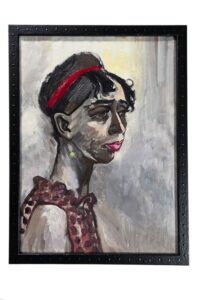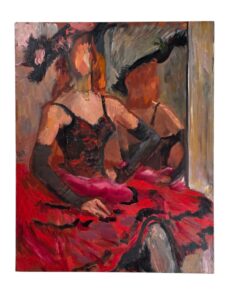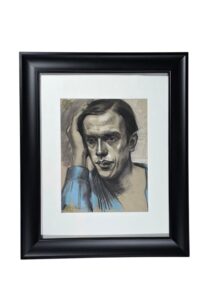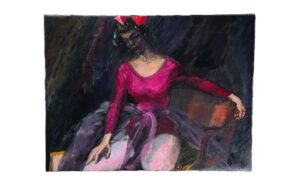Date & Time
October 11, 2025
1:00 pm - 4:00 pm
Location
Hawks Inn & Delafield History Center
Adelheid Hirsch: A Life’s Work in Color
A lifetime of work never shown before. 1920s-1980s.
Adelheid Herta Hirsch (nee Flatau)
b. Berlin, May 4, 1903
d. Madison, WI, November 5, 1998
Adelheid Flatau was born and raised in Berlin, Germany. Her father, Theodor Flatau, was a noted ear, nose, and throat doctor, and her mother, Evelyn Albu, came from a prominent British family.
Adelheid Flatau’s art training was with Walter Muhe, George Mosson, Ferdinand Spiegel, and Karl Hofer (Vereinigt Staatschule) and Johannes Itten (known for numerous publications about Color Theory) and other instructors at the Itten Schule in Berlin (1926-1934).
Flatau married Dr. Franz Eduard Hirsch in 1934 and resided in Berlin. They fled Nazi Germany in 1935 and arrived in England in 1935-36. From England, they emigrated to New York City in 1937 and lived there briefly. In 1938, they relocated to Chicago to be in the company of other exiled German artists at “The New Bauhaus” (founded in 1937).
Her degrees and periods of productivity are directly impacted by leaving Nazi Germany and the subsequent birth and raising of her three children — Violet (1936, England), Jack (1940, Chicago), and Tom (1943, Chicago). While her children were young, she completed a B.A. in Art Education at the Art Institute in 1949, and later received an M.A. in Art Education from the Art Institute in 1965 – following Tom’s graduation from high school in 1961.
Her early work was heavily influenced by her classical training and German Expressionists. These drawings and paintings from the late 1920s and early 1930s were beautifully executed and tended to use black and white. Itten dramatically influenced Hirsch’s paintings by adding color. The paintings in this exhibit display not just color but a remarkable use of color combinations to set the mood of a person or scene – clearly Itten’s influence. Itten wrote, “He who wants to become a master of color must see, feel, and experience each individual color in its many endless combinations with all other colors. Colors must have a mystical capacity for spiritual expression, without being tied to objects.” Adelheid Hirsch’s art is the embodiment of Itten’s philosophy. The result is a remarkable life’s work – a life in color.





